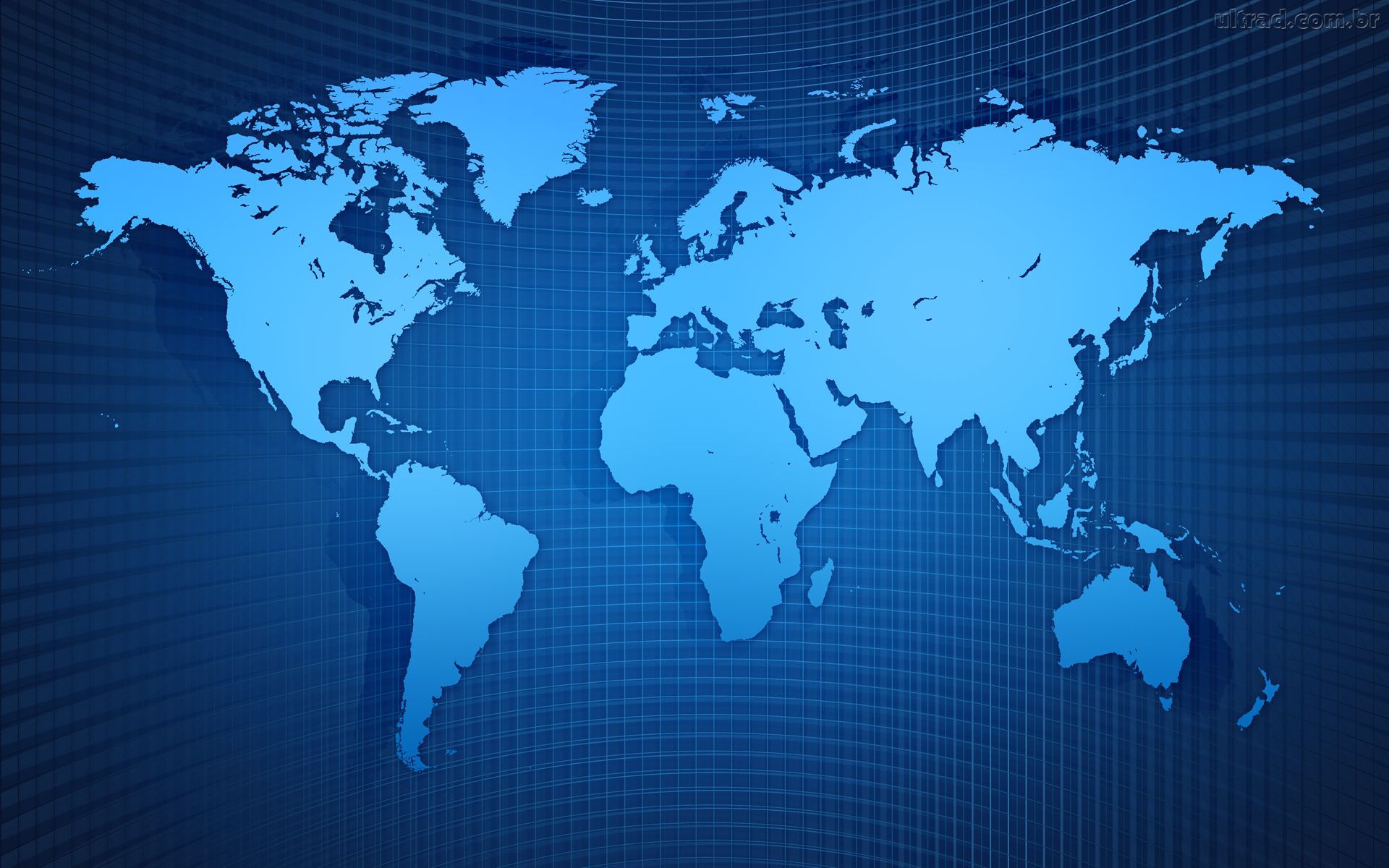Freshwater cultured pearls. Pearls are produced by mollusks, mussels or oysters belonging to the Unionidae family. Saltwater pearls are produced by oysters in the ocean, while freshwater pearls come from mussels growing in lakes, rivers or ponds other than the ocean. These mollusks create a substance called nacre when an irritant object enters its shell. The nacre will wrap around the object until it is covered with this iridescent substance, and the resulting gem is known today as a pearl.
Maybe you have heard of the term natural pearls and cultured pearls. Natural pearls are created without human intervention, while cultured pearls are produced by a process where man will introduce a foreign object inside the mollusks’ shell, and harvests it after nacre coating. Due to over fishing, the pearls produced the natural way are very rare. Most pearls that you can find in the market today are already cultured.
Have you ever wondered how freshwater cultured pearls began? Thousands of years ago, most pearls came exclusively from the ocean. However, not all oysters have produced a pearl inside. In a harvest of three tons, only about three or four oysters can produce a perfect pearl. That is why the pearls at that time were outrageously expensive.
So scientists thought of a way to culture pearls, and they found out that if they will pry open the shell of the mussel, introduce a very small object (like a bead or a metal), then return the mussel in the water, it will also coat the object with nacre and produce a pearl.
The first cultured pearls actually originated in Japan, with pearl farmers experimenting with freshwater mussels in Lake Biwa which is a lake near Kyoto. Their initial harvest appeared around 1930s. Instantly, the freshwater pearl became a big hit! The luster and color looked almost the same as the natural pearls, but the prices are lower and the supply is continuous.
Unfortunately there was a slump in the production of pearls during World War II, but in the 1950s they were back again in the market. Because of its success, almost all of the supplies for the global market came from the lake. In fact, some people already call freshwater pearls as “Biwas” referring to the lake where it originated.
This went on until 1973. But there were warning signs of slow production due to the resorts, farms and industries that were developed surrounding the lake. Soon the pearl farms in Biwa were barely surviving due to the pollution from industrial modernization. Then there came a time when no more pearls can be cultured in this lake. Added to that was Japanese disadvantage of not having a big lake or river to shift their production, and this was coupled with a smaller workforce.
Because of this, China saw the opportunity to culture freshwater pearls. Indeed, they began to flood the market with abundant pearls, having good quality and inexpensive too! The Chinese pearl farmers have also learned to develop and perfect cultured pearl with increased size and improved luster. Now they are the biggest supplier of the worldwide demand for freshwater pearls.

Ahaa, its nice conversation on the topic of this post at this place at this
webpage, I have read all that, so at this time me also commenting here.